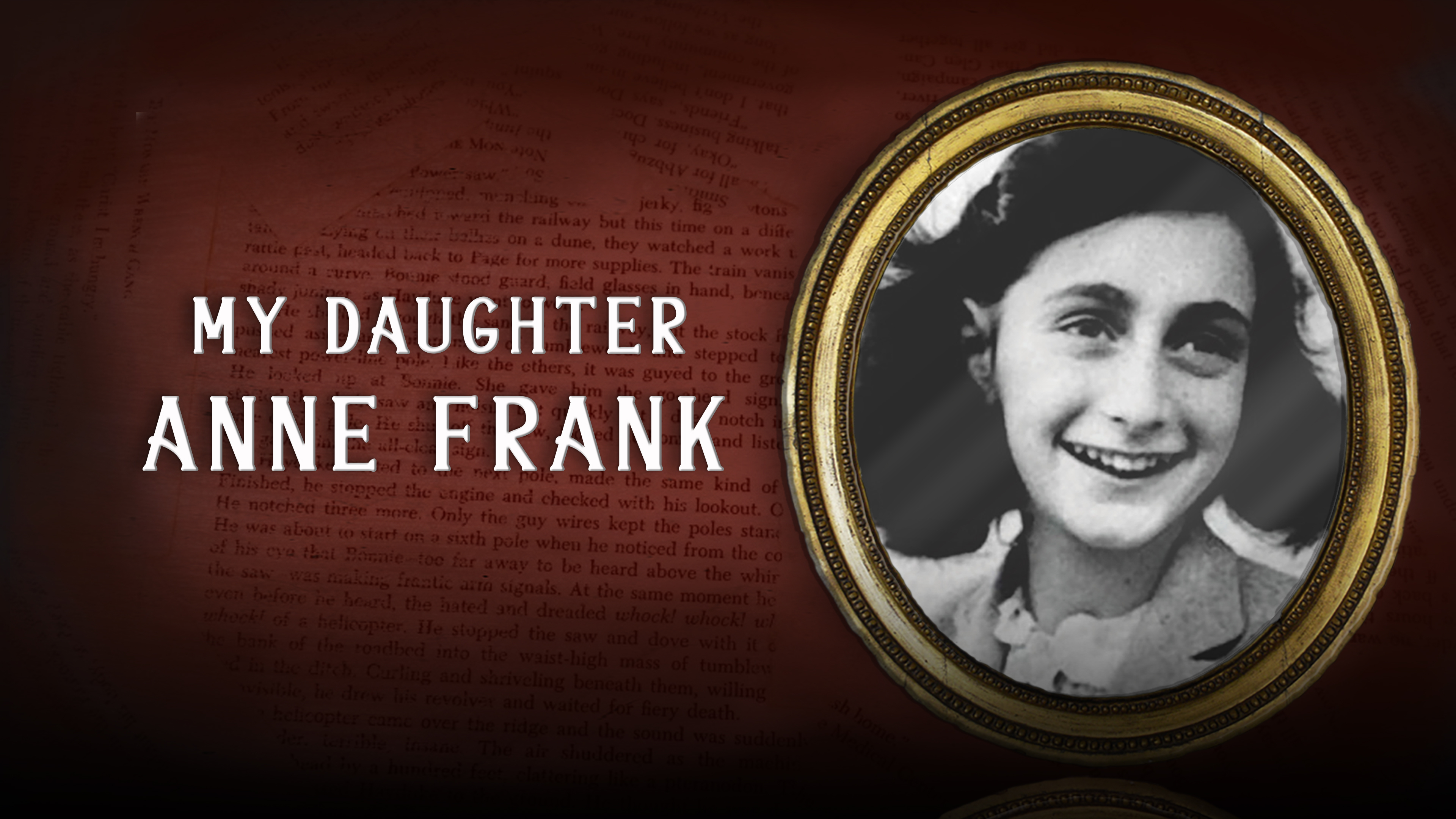The tragic story of Anne Frank and her family remains a testimony to the horrors of the Holocaust and the resilience of the human spirit.
◊
Anne Frank, a young Jewish girl whose diary became one of the most poignant and widely read personal accounts of the Holocaust, was captured along with her family and four others 81 years ago on August 4, 1944, in Nazi-occupied Amsterdam. Their arrest marked the tragic end of two years spent in hiding in a secret annex above Otto Frank’s business premises. The events leading to their discovery remain among the most haunting episodes of World War II.
Anne was born in Frankfurt, Germany, in 1929, but her family moved to the Netherlands in 1933 to escape growing antisemitism under Adolf Hitler. When the Nazis invaded in May 1940, Jews soon became targets of restrictive and oppressive laws. Fearing deportation to a concentration camp, the Frank family went into hiding on July 6, 1942. They were later joined by the Van Pels family and Fritz Pfeffer, making a total of eight people in the cramped space concealed behind a movable bookcase.
For a closer look at Anne Frank's life, watch this heartfelt MagellanTV documentary.
During this time, Anne wrote extensively in her diary, chronicling daily life in the annex and eloquently recording her thoughts, fears, and hopes for the future. Her writing provides a deeply human glimpse into the inner world of a teenager trying to understand a world at war. It also reveals the anxiety, tension, and constant fear of discovery the group endured.
Their hiding place remained secret for over two years thanks to the help of trusted employees and friends of Otto Frank. However, on that fateful morning in 1944, their secret was exposed. SS officers, led by Karl Josef Silberbauer of the Sicherheitsdienst (SD), stormed the annex. The tip-off that led to the raid is still a subject of debate among historians, with several theories suggesting betrayal by an informant, but conclusive evidence has never been found.
After their arrest, the group was transported to the Westerbork transit camp in the Netherlands and then deported to Auschwitz concentration camp in early September 1944. From there, Anne and her sister Margot were transferred to Bergen-Belsen in Germany, where both succumbed to typhus in early 1945, just weeks before the camp was liberated by British forces. Anne was only 15 years old.
 The Anne Frank House and Museum in Amsterdam, 2016 (Credit: Dietmar Rabich, via Wikimedia Commons, CC BY-SA 4.0)
The Anne Frank House and Museum in Amsterdam, 2016 (Credit: Dietmar Rabich, via Wikimedia Commons, CC BY-SA 4.0)
Otto Frank, Anne’s father, was the only member of the group to survive the Holocaust. After the war, he returned to Amsterdam, where he discovered Anne’s diary, preserved by Miep Gies, one of the Dutch citizens who had helped hide the family. Deeply moved by his daughter’s words, Otto arranged for the diary to be published. The Diary of a Young Girl, first released in 1947, has since been translated into more than 70 languages and remains a powerful symbol of resilience, humanity, and the tragic cost of hatred.
Beyond a story of loss, the capture of Anne Frank is a reminder of the countless lives extinguished during the Holocaust and the courage of those who resisted. Her voice continues to speak for the millions who could not.
Ω
Title Image: Anne Frank mural, Utrecht, The Netherlands (Source: Wikimedia Commons)


